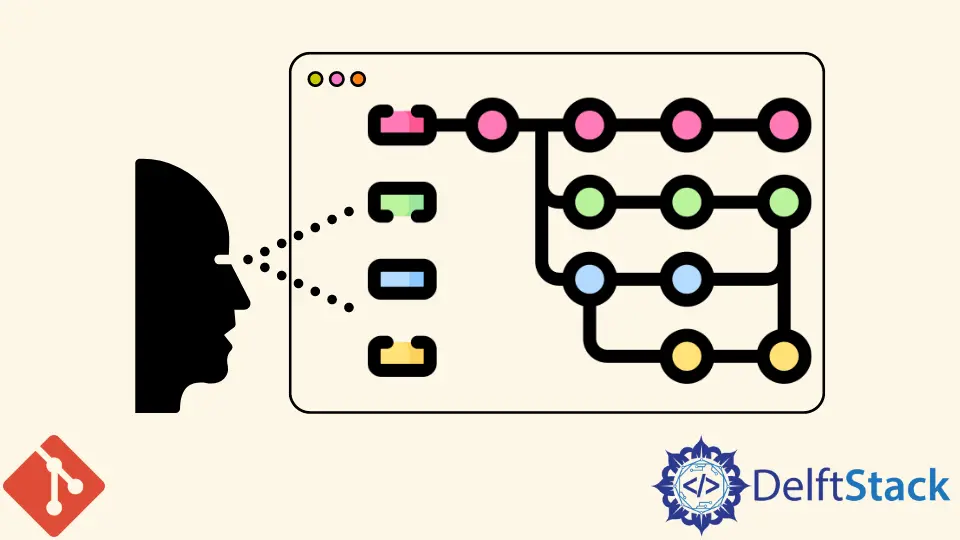Git 仓库可视化

在本文中,我们将了解如何获得仓库的可视化。我们将使用 git log 命令查看仓库的拓扑结构。
可视化 Git 仓库
大多数使用 Git 的开发人员将大部分时间花在 bash 终端上。一个简单的 git log 命令将列出你的所有提交。
但是,很难为你的仓库开发一个心智模型。其他人可能会发现很难理解你的工作流程。
幸运的是,你可以使用方法来可视化你的仓库,我们将在稍后介绍。
在下面的示例中,我们使用 git log --oneline --all 查看仓库的历史记录。
pc@JOHN MINGW64 ~/Git (main)
$ git log --oneline --all
e923721 (refs/stash) WIP on main: 78129a6 Revert "$git status"
032ee0a index on main: 78129a6 Revert "git status"
78129a6 (HEAD -> main, New_Branch, Last_Branch, Branch1) Revert "$git status"
195e5c3 git status
7b19db4 first commit
b2f7710 (origin/main) Initial commit
以上只是一个简单的平面视图。你可以添加 --graph 参数以获得更好的视图。
然后你的命令应该是 git log --oneline --all --graph。
例子:
pc@JOHN MINGW64 ~/Git (main)
$ git log --oneline --all --graph
* e923721 (refs/stash) WIP on main: 78129a6 Revert "git status"
|\
| * 032ee0a index on main: 78129a6 Revert "git status"
|/
* 78129a6 (HEAD -> main, New_Branch, Last_Branch, Branch1) Revert "git status"
* 195e5c3 $git status
* 7b19db4 first commit
* b2f7710 (origin/main) Initial commit
这看起来更好,但我们可以进一步识别分支和标记标签。
我们在以下上下文中使用 --decorate 参数。
git log --oneline --all --graph --decorate
你还可以添加 --color 参数以使布局在以下上下文中更好。
git log --oneline --all --graph --decorate --color
每当你想可视化你的仓库时,键入它是一个相当长的命令。通过为你的命令分配别名来使自己更容易,如下所示。
在下面的示例中,我们将为 git log --oneline --all --graph --decorate --color 命令赋予别名 glt。
pc@JOHN MINGW64 ~/Git (main)
$ alias glt='git log --oneline --decorate --graph --all'
让我们使用别名运行命令。
pc@JOHN MINGW64 ~/Git (main)
$ alias glt
alias glt='git log --oneline --decorate --graph --all'
pc@JOHN MINGW64 ~/Git (main)
$ glt
* e923721 (refs/stash) WIP on main: 78129a6 Revert "$git status"
|\
| * 032ee0a index on main: 78129a6 Revert "$git status"
|/
* 78129a6 (HEAD -> main, New_Branch, Last_Branch, Branch1) Revert "$git status"
* 195e5c3 $git status
* 7b19db4 first commit
* b2f7710 (origin/main) Initial commit
John is a Git and PowerShell geek. He uses his expertise in the version control system to help businesses manage their source code. According to him, Shell scripting is the number one choice for automating the management of systems.
LinkedIn